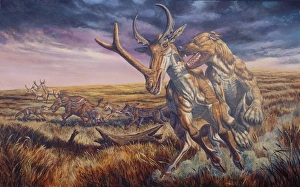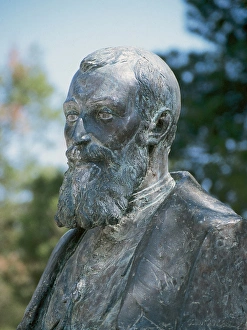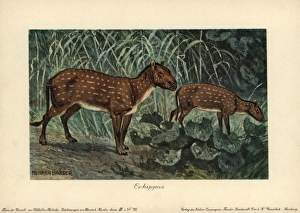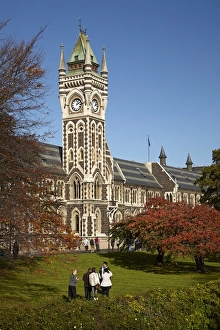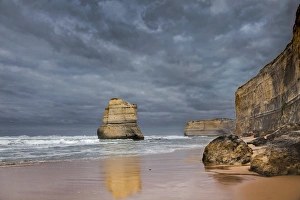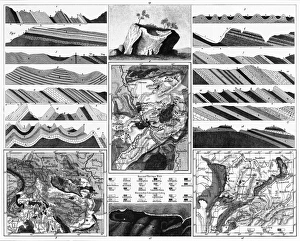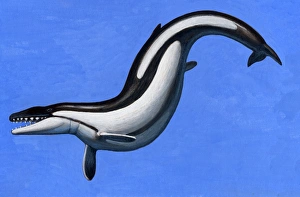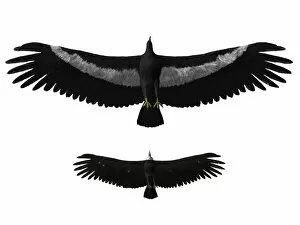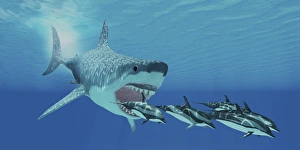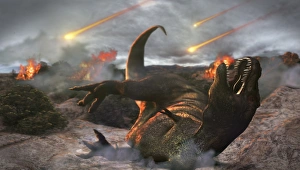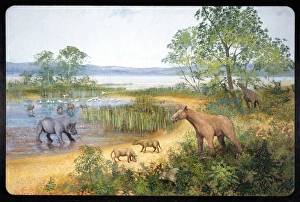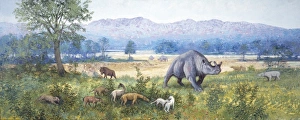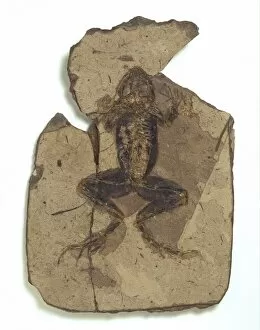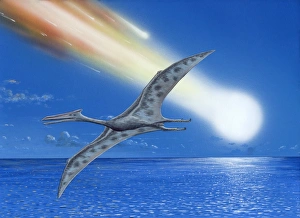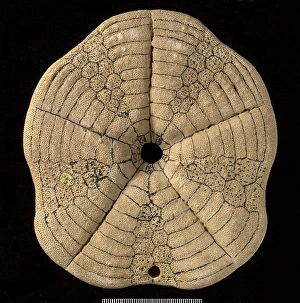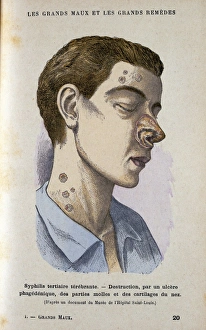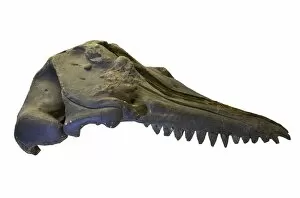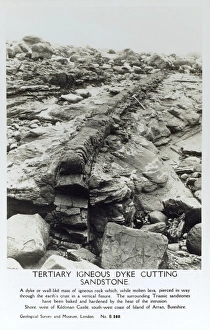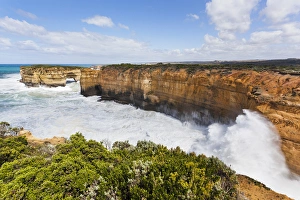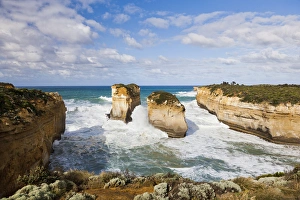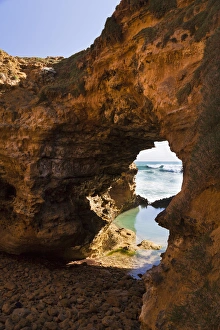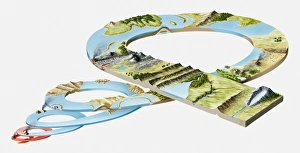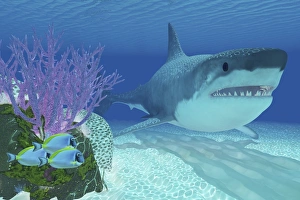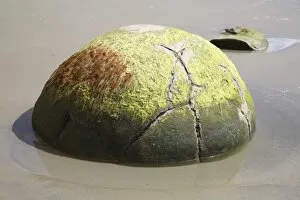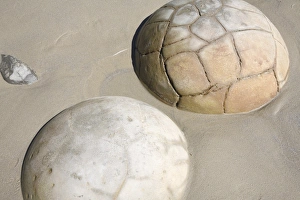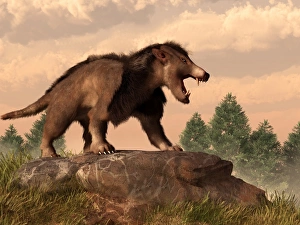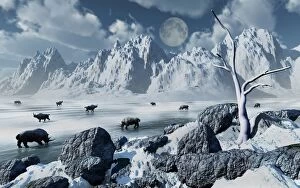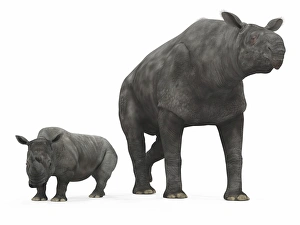Tertiary Collection (page 2)
"The Tertiary Era: Unveiling the Vibrant Palette of Earth's Past" Step into a world where colors dance on the wheel
All Professionally Made to Order for Quick Shipping
"The Tertiary Era: Unveiling the Vibrant Palette of Earth's Past" Step into a world where colors dance on the wheel, as vivid as the geological map of the European Alps lithograph from 1897. In this captivating era, captured in Reynolds' "The Antidiluvian World" from 1849, creatures like Anoplotherium commune and gracile Palaeotherium roamed freely. Amongst them stood majestic beasts like Uintatherium, its skull a testament to their ancient might. The K-T boundary claystone sample reveals a fragile layer containing grains of sand, whispering secrets about our planet's history. Travel back further still and witness prehistoric landscapes that adorned Europe during the Tertiary Era. A rare British broadsheet illustration with contemporary hand coloring brings these scenes to life before your eyes. In this enchanting time period, miracles were said to occur. Saint Elizabeth of Portugal was believed to possess healing powers as she tended to a sick woman circa 1799. Yet not all tales were filled with wonder; tertiary period syphilis symptoms left their mark on bodies, reminding us of both beauty and suffering intertwined within history's tapestry. Marvel at Andrewsarchus mongoliencis through its skull cast—a glimpse into an extinct predator's reign over land long gone. And let us not forget the intricate geological map spanning southern Germany, Bohemia, Switzerland, and Austria—each contour revealing nature's artistry etched across vast territories. The Tertiary Era beckons us with its kaleidoscope of hues—a mesmerizing chapter in Earth’s story waiting for curious minds to explore.

